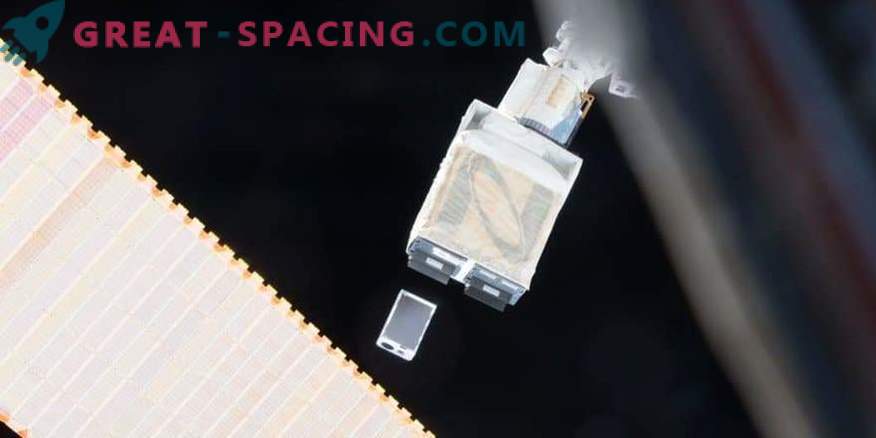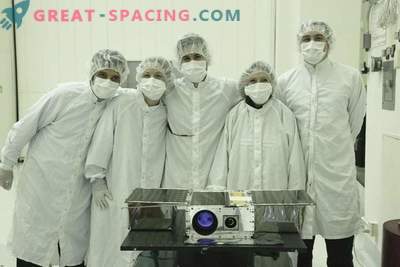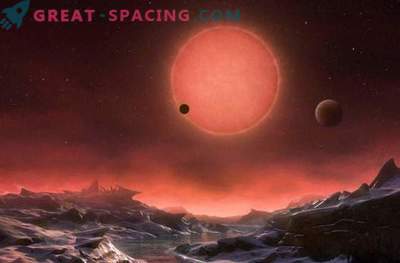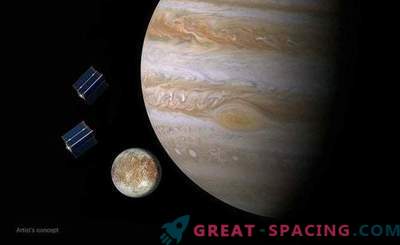
CubeSat, named ASTERIA, was deployed from the ISS on November 21. He will check how efficiently small satellites are used in astronomical research.
In recent years, the tiny CubeSat satellites are attracting more and more attention. They not only allow you to test new technologies, but also are easy to use and create. An example is the recently launched CubeSat with the ISS, with which they want to study astronomy.
The next few months will show whether ASTERIA can perform accurate measurements of changes in starlight. These data are useful for various astrophysical applications, including the discovery and study of exoplanets.
ASTERIA was created by scientists from the Jet Propulsion Laboratory (Pasadena, California). This model, in fact, competes with the development of the Massachusetts Institute of Technology - SARA SAG MIT.
New Space Telescope Model
ASTERIA relies on photometry accuracy — a field that measures the flux or intensity of light from an object. Engineers have learned to cope with the “noise” for large telescopes, but they have yet to fix this problem in small satellites.

Electrical Testing Engineer Asha Murthy (left) and integration and testing manager Cody Colley (right) prepare the ASTERIA apparatus for measuring mass properties in April 2017
Sustainable Astronomical Camera
The small size requires that ASTERIA has unique technical characteristics:
- a steady astronomical camera will hold the telescope’s attention on a particular star for 20 minutes.
- An active thermal control system stabilizes the temperature in a tiny telescope while in the shadow of the earth. This will help minimize noise.
Both technologies were incredibly difficult to reduce. Engineers had to tinker to equip such a tiny device with all necessary. But this was done with ASTERIA, which means it can be repeated on other models.
While this is only a technological demonstration, but the developers hope to put a similar technology on the conveyor. It is also impressive that it all started with a regular educational project, which after 5 years has grown to use in serious scientific missions.











































